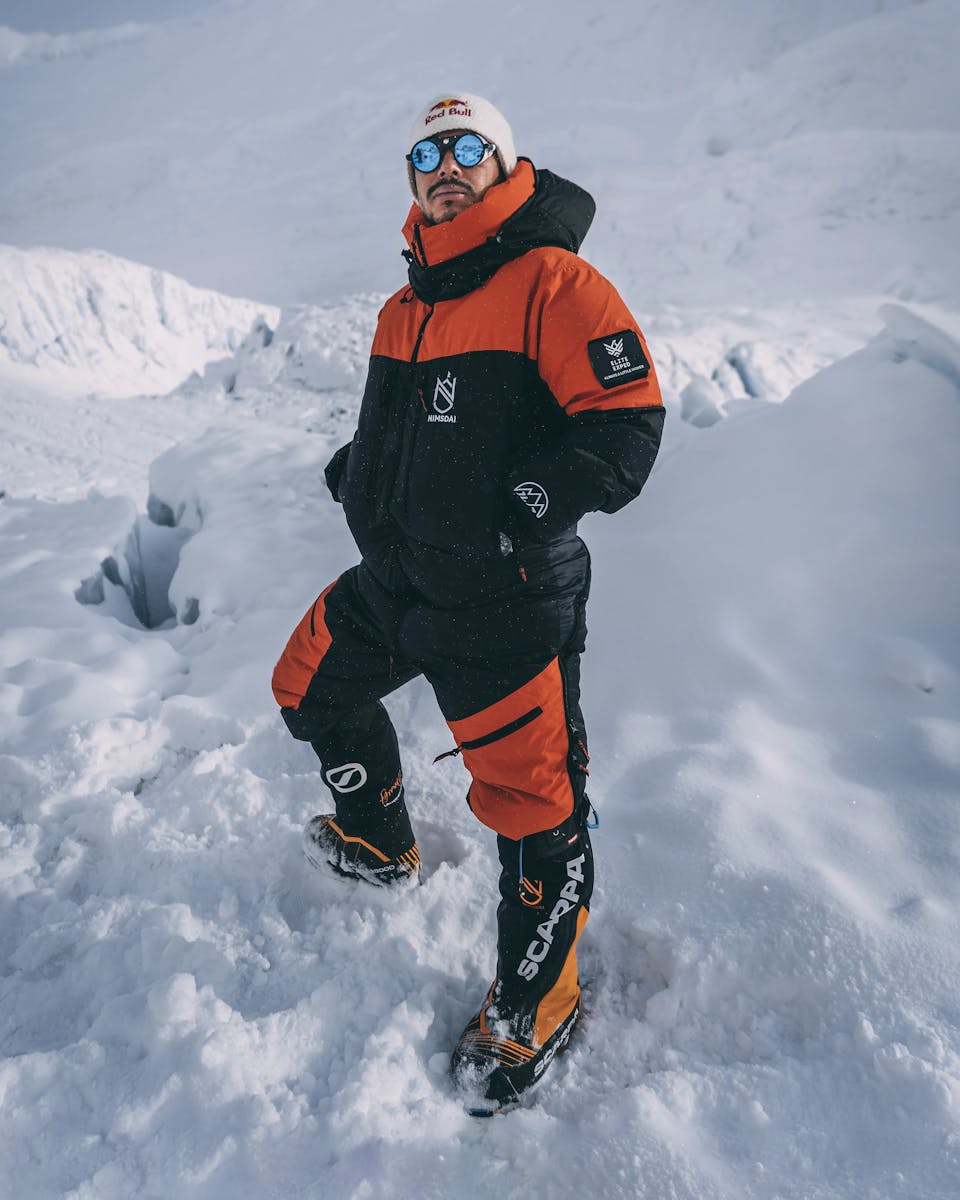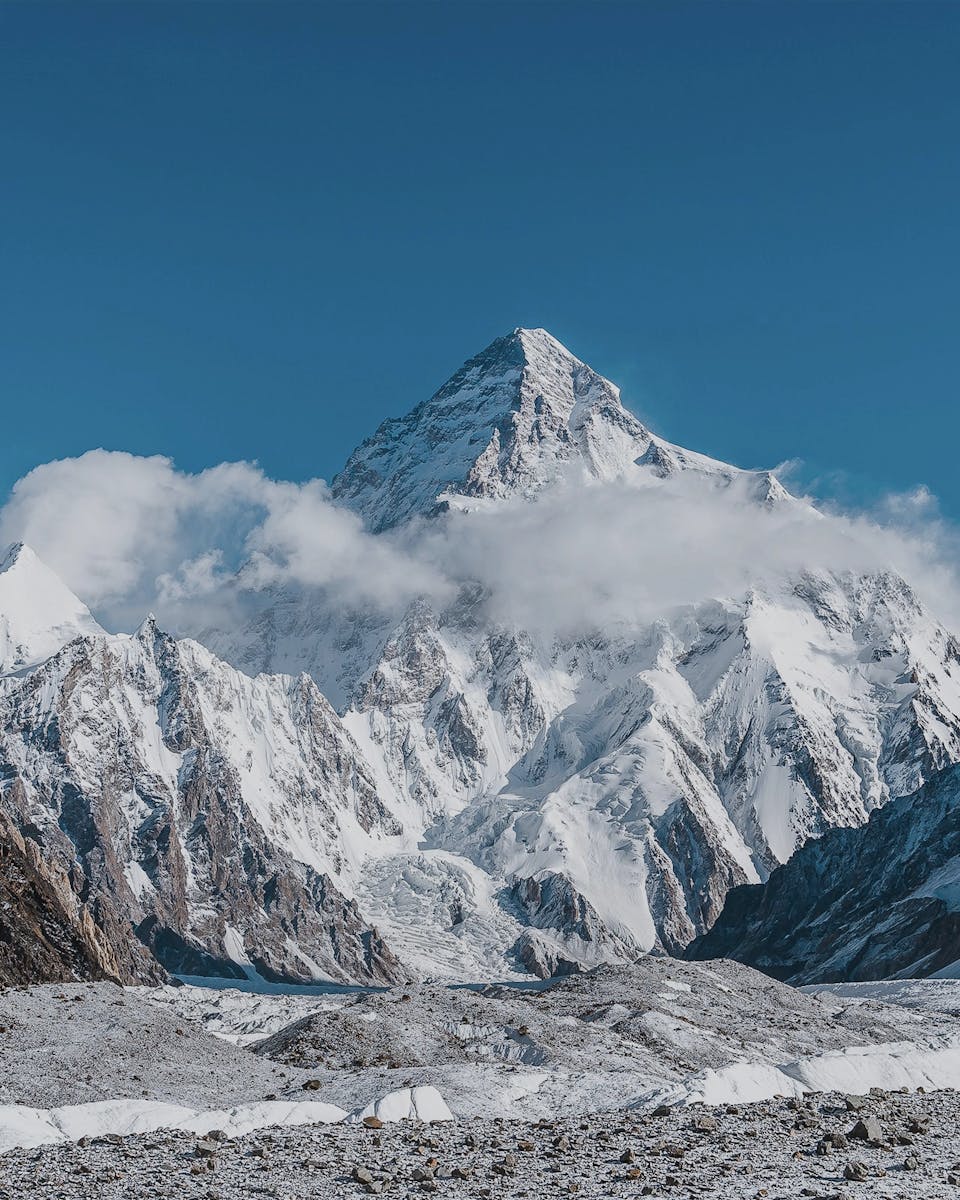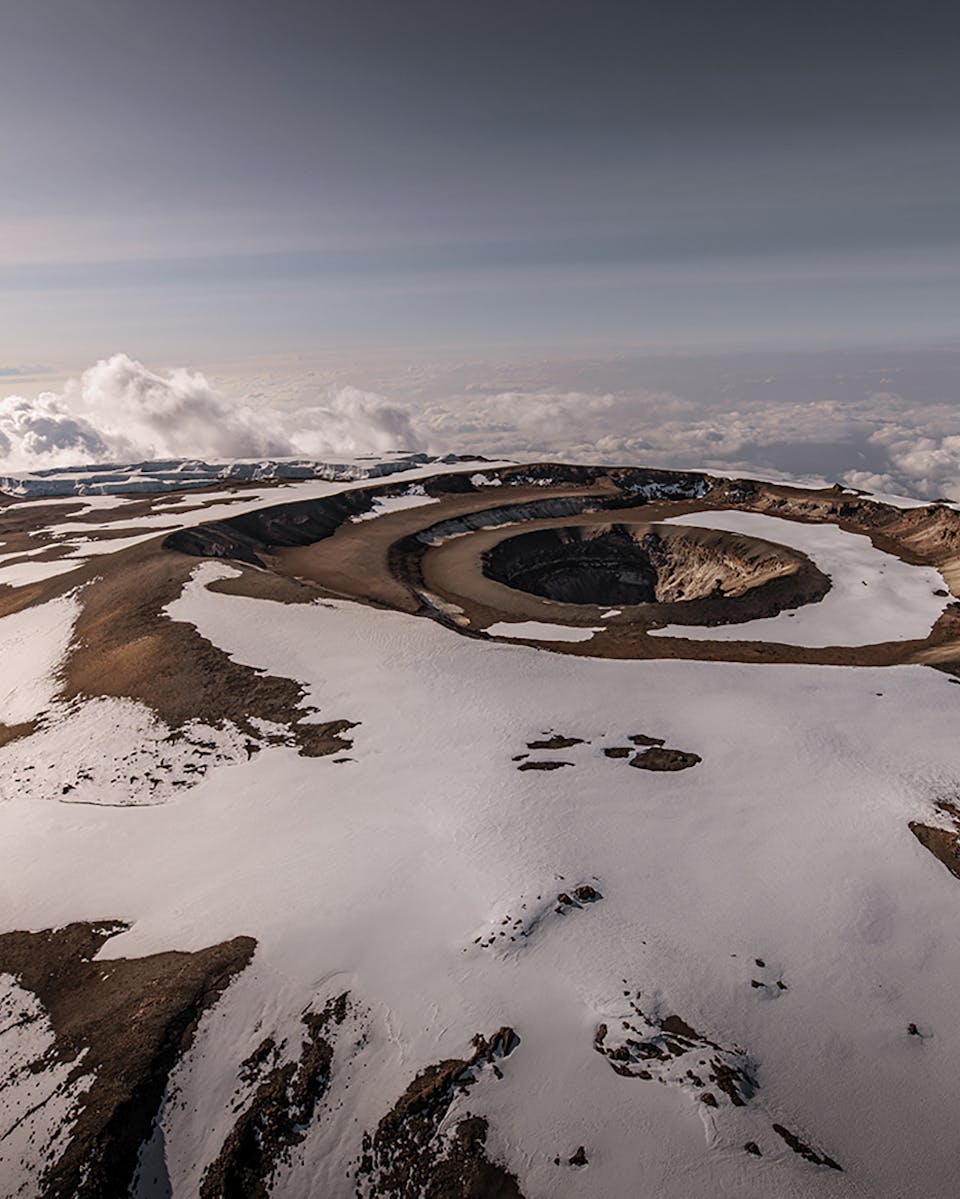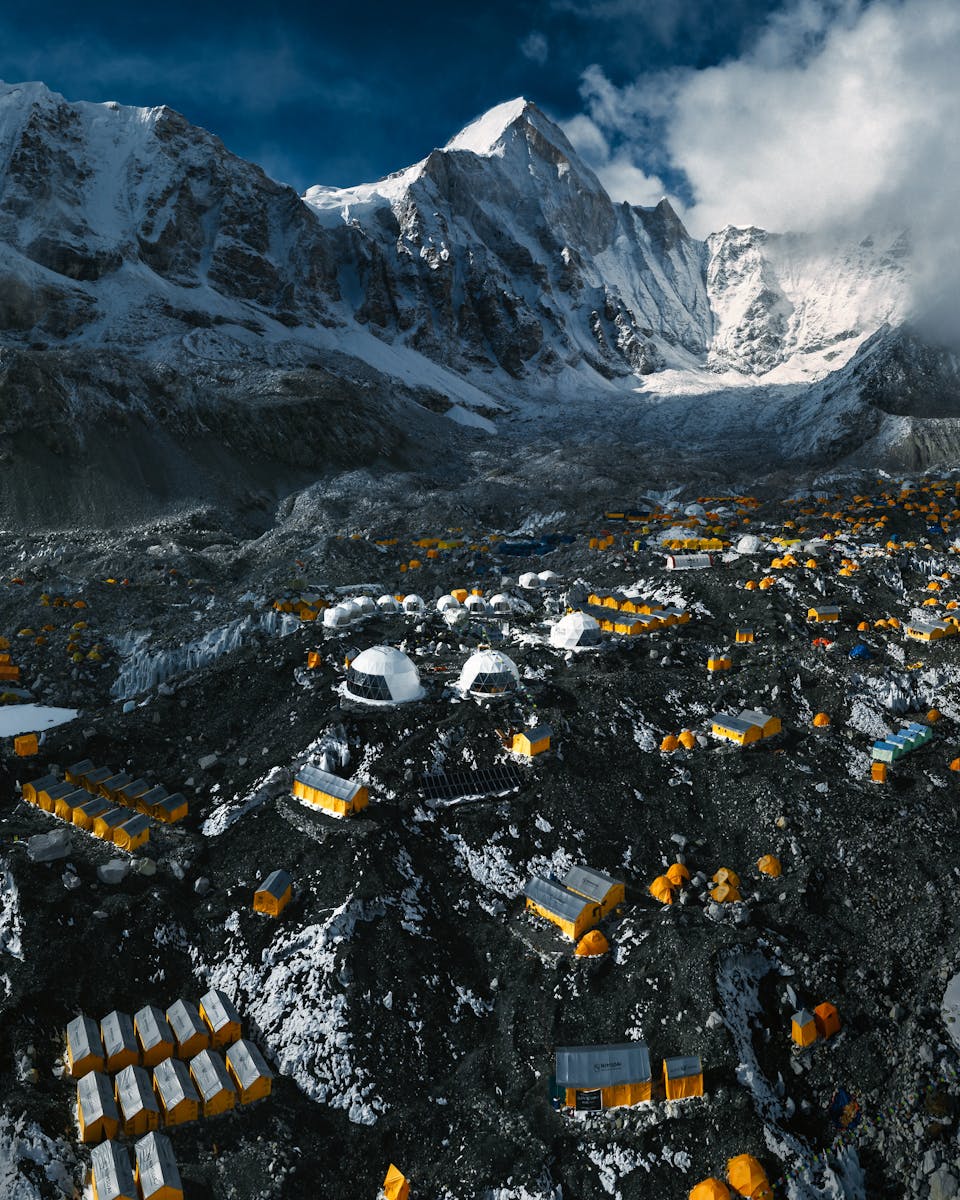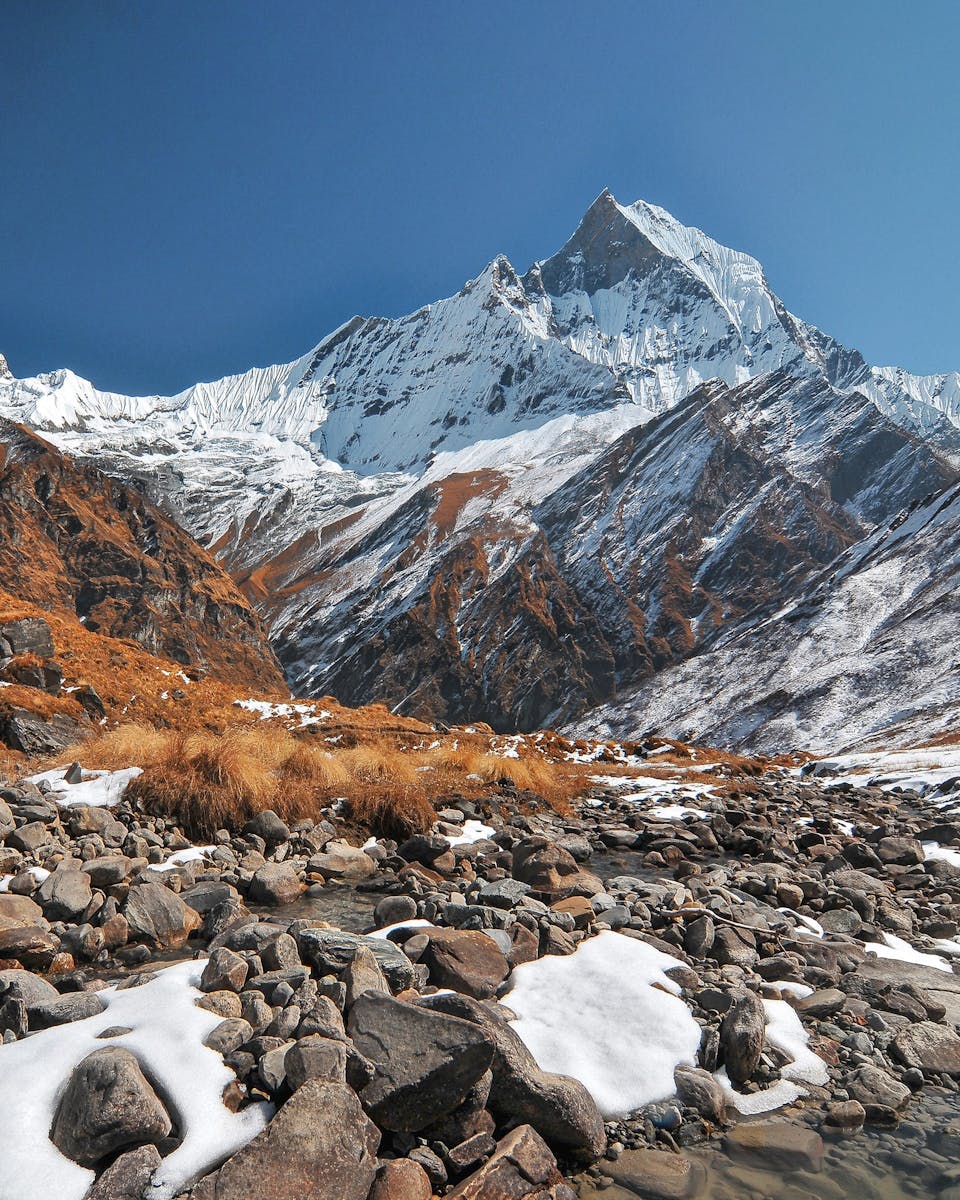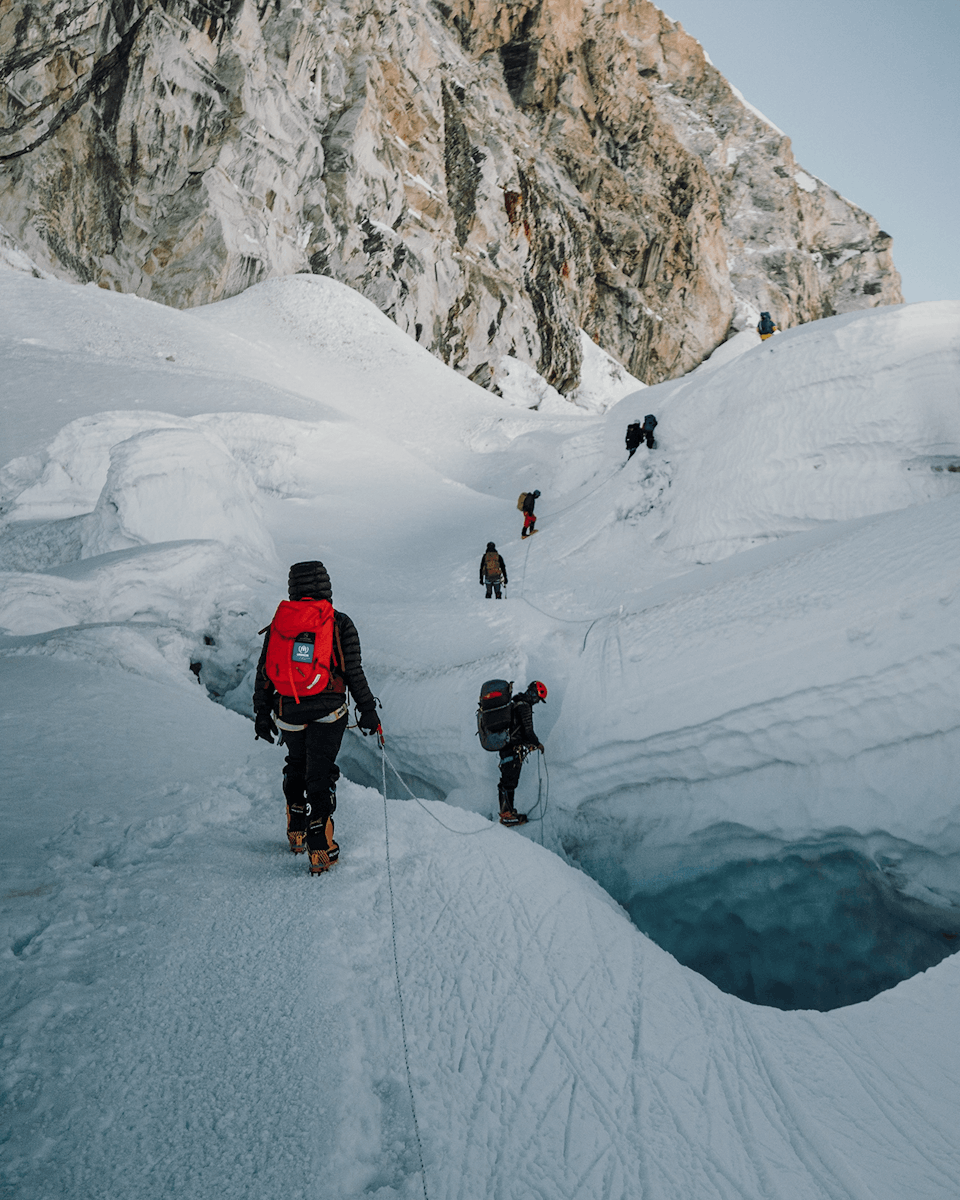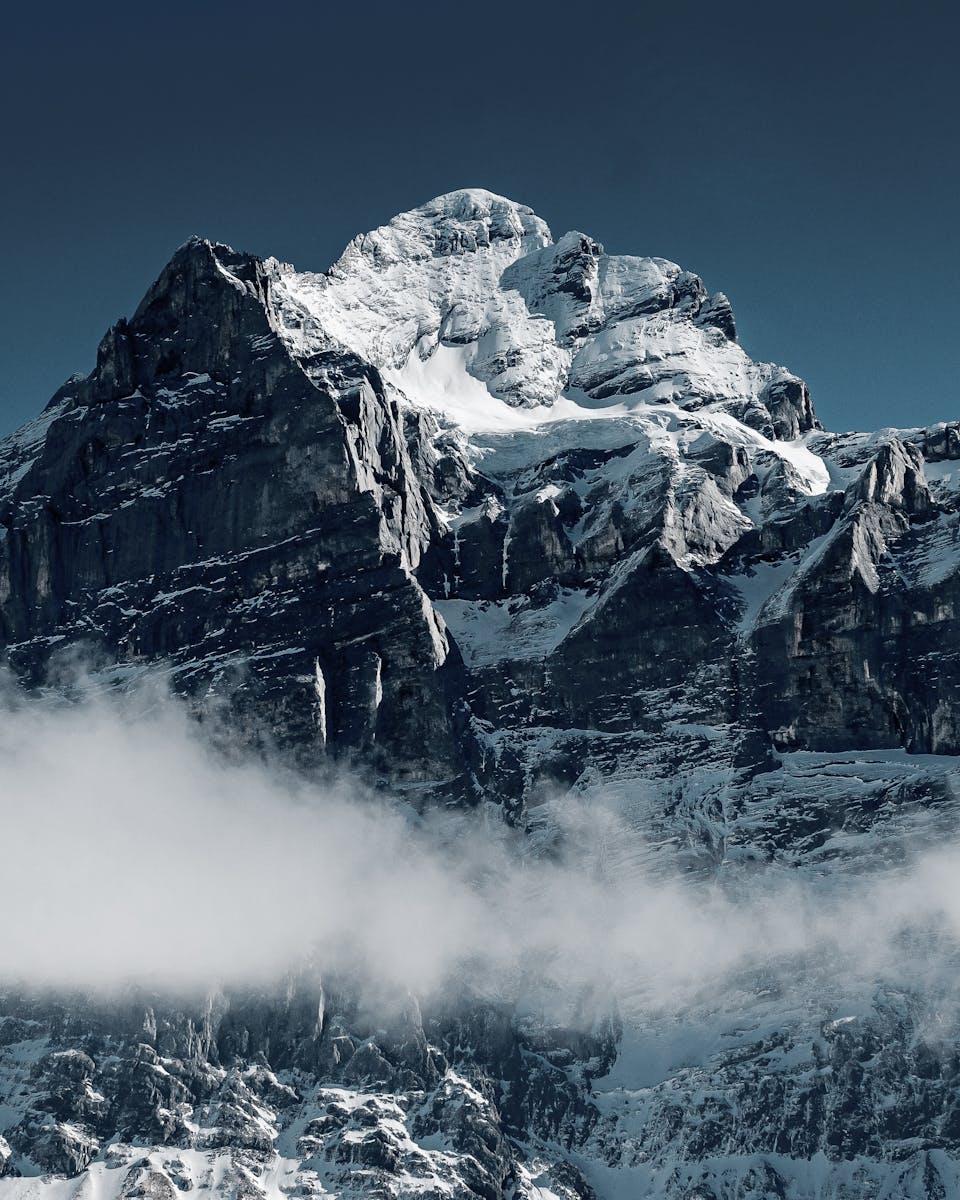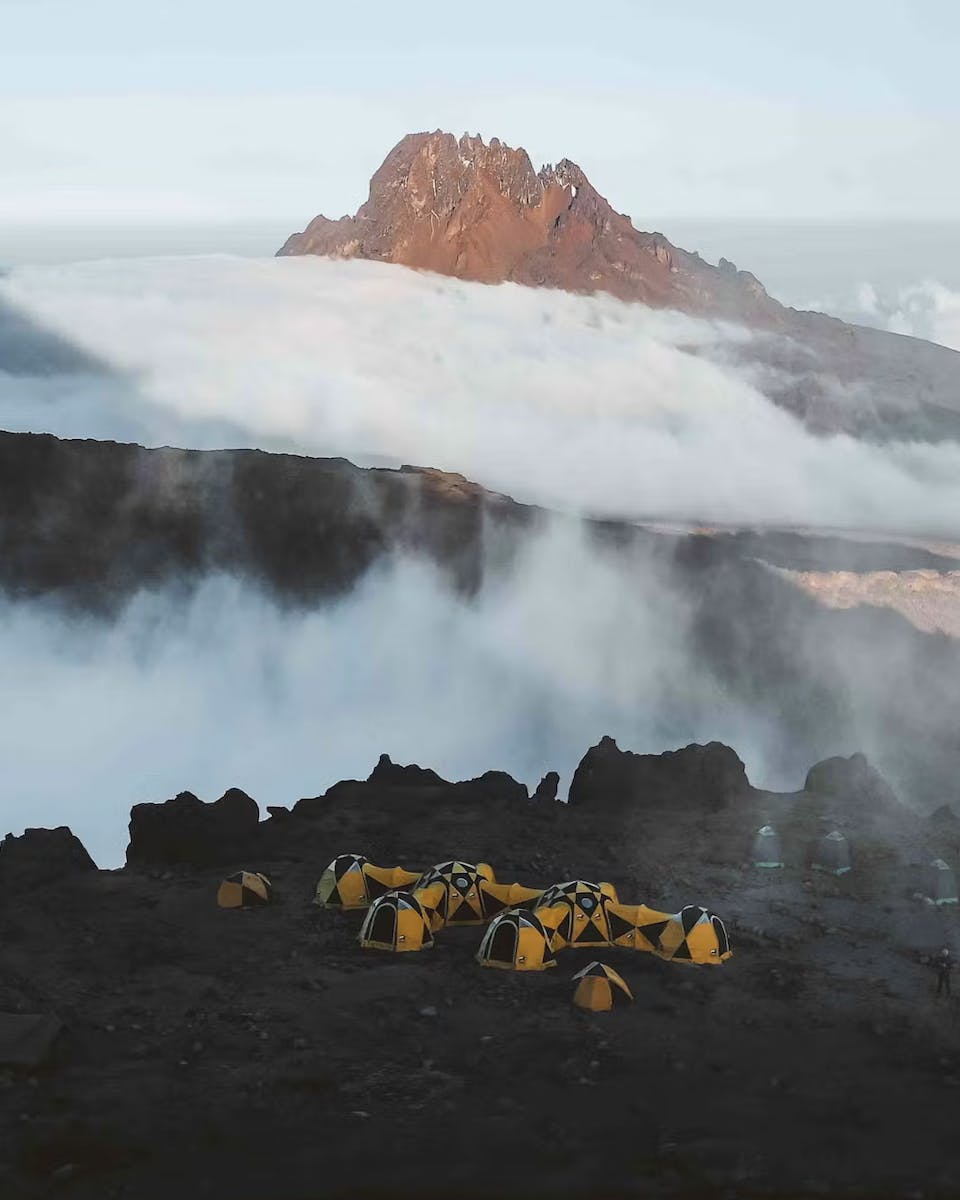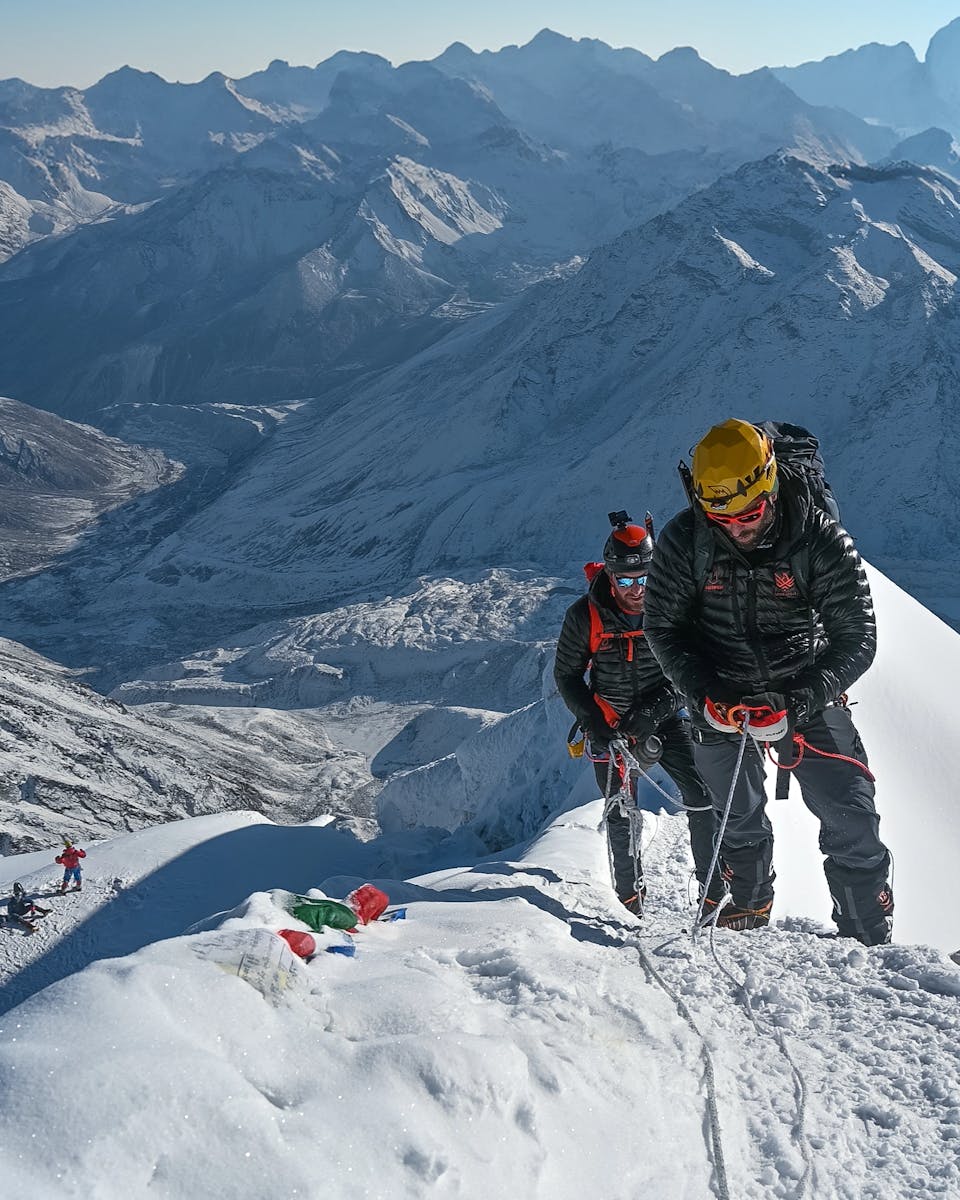Climbing the highest mountain in the world at an altitude of 8848.98m comes with a set of challenges. But with over 6,600 people successfully climbing the mountain, one of the most frequently asked questions that burns the minds of aspiring climbers is: How many people have died climbing Mount Everest?
According to the Himalayan Database, over 330 climbers have died while attempting to reach the summit of Mount Everest. And yet the mountain still draws in hundreds of climbers every year. Let us give you a rundown of some of the risks of climbing Mount Everest:
Altitude sickness
The most common danger for Everest climbers is altitude sickness. Climbers typically undertake extensive preparation when attempting to summit Everest. This will usually begin the moment you reach base camp.
At an altitude of 5,555 metres, Mount Everest Base Camp's elevation can cause altitude sickness for first-time trekkers. Even though this isn't the highest point of the trek, acclimatisation – the process of slowly adjusting your body to lower oxygen levels – is crucial at base camp for a couple of weeks. This prepares you for the rising altitude as you trek further. Our 55-day Everest package addresses this by incorporating plenty of rest days and dedicated acclimatisation time, alongside a lengthy 39-day climbing period on the mountain itself.
The importance of acclimatisation and rest becomes paramount as you ascend Everest. The air thins, meaning less oxygen is available. This makes it harder for your body to absorb oxygen, putting climbers at risk of serious health risks from altitude sickness, such as headaches, nausea, vomiting, and dizziness. Untreated, this can lead to High Altitude Cerebral Edema (HACE) and High Altitude Pulmonary Edema (HAPE). Climbers therefore follow a strategy of "climb high, sleep low" — ascending to a higher camp during the day for altitude exposure, then descending to a lower camp with more oxygen for recovery. Additionally, taking anti-nausea medication can help manage symptoms of acute mountain sickness.
Unpredictable weather
At Elite Exped, we have accumulated years of experience guiding climbers in all conditions. Sometimes circumstances may arise where we are forced to make alterations to the trek due to the weather conditions. Although we aim to trek during the springtime, where harsh winter weather begins to subside and rainfall remains low and steady, Everest weather can change in the span of a few hours — with sudden snowfalls, unpredictable storms, and battling blizzards occurring.
No-one can cater for every eventuality in the world’s most extreme environments, but Elite Exped can guarantee that you will be in the safest possible hands should something unexpected happen. If you would like to know more about when is the best time to climb Everest, you can find information here.
Avalanches
Avalanches on the slopes of Everest also pose a risk for Everest enthusiasts. There are two specific areas where the risk of avalanche is relatively high — The North and South Col. In these areas, avalanches can occur and can involve massive amounts of snow and ice moving at incredibly high speeds. This immense force can easily bury climbers, wipe out entire sections of climbing routes, tents, and vital equipment. It can also trigger other deadly events such as collapsing seracs (large blocks of ices) and or knock climbers into crevasses (great cracks in glacial ice) which threaten to swallow them whole.
Khumbu icefall
The Khumbu Icefall on Everest is notorious for being one of the most dangerous parts of the climb. For this very reason it is branded as “Suicide Passage”. Stretching 5,500 to 5,800 metres above Everest base camp, the Khumbu Icefall is a river of constantly moving ice. It is usually crossed during night and early morning — the time ice blocks and hanging glaciers are stable and the risk of avalanche is low. During the day, as the sun warms the mountain, the hanging glaciers begin to melt and the ice starts to crumble, increasing avalanche risk.
The Khumbu Icefall, infamous for its iconic ladders, allows climbers to traverse large crevasses between the solid ice blocks. Its great reputation stems from more than just the danger it poses, but also the lives it has claimed.
Climbers need to be efficient and well-prepared to navigate the icefall before things get dicey. At Elite Exped, we have “Icefall Doctors” who have years of experience establishing and maintaining routes through the ever-changing Khumbu Icefall.
Despite the inherent dangers, determined climbers are drawn to attempt this iconic ascent. The Khumbu icefall remains a challenging, awe-inspiring landscape that provides formidable challenges to climbers on their journey to Everest.

